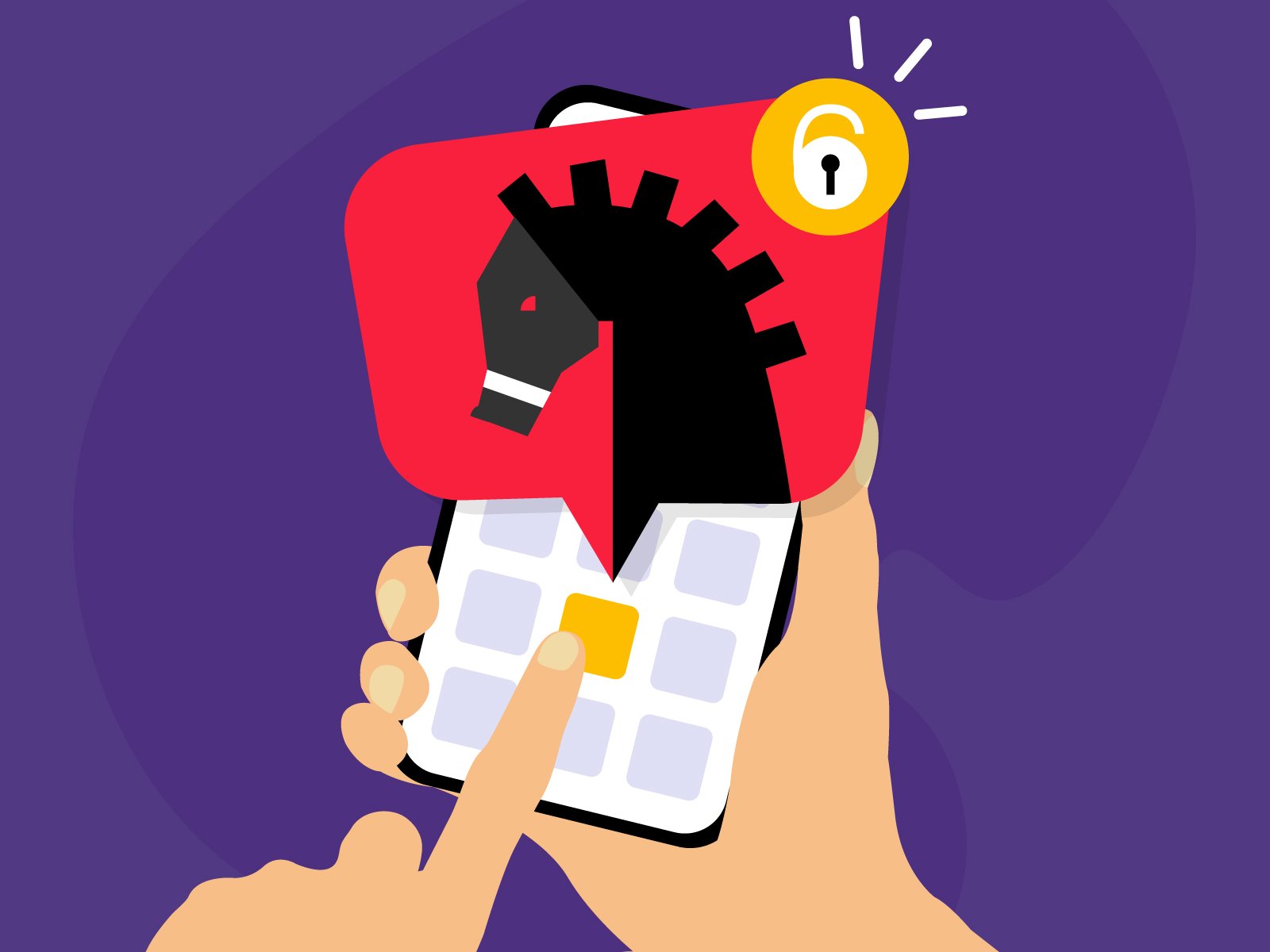Protecting Yourself from Trojan Malware: Essential Strategies for Device Security

Understanding the Threat: How Devices Become Vulnerable
Nearly everyone today carries a powerful, interconnected device-smartphones, tablets, and computers-that serves as both a digital assistant and, unintentionally, a surveillance tool. While we trust that our data and privacy are safeguarded by default, malicious actors routinely exploit vulnerabilities, installing software without consent to access personal information, monitor locations, and even activate cameras or microphones. The central concern is understanding how such malicious code-commonly called trojan malware-ends up on your device, and learning effective ways to defend against it.
Hidden Dangers: Apps That Seek More Than You Think
Downloading new apps may feel routine, but seemingly harmless software can secretly siphon sensitive details. One notorious example involved "flashlight" apps, which promised a simple service-turning on your device's LED light-yet often demanded access to unrelated features like your contacts, microphone, and photos.
Some flashlight apps requested as many as 76 permissions, with millions of unsuspecting users installing such programs. These permissions enabled them to read and potentially modify your contacts, record audio, and more, all under the guise of a basic utility. In less serious cases, they may have simply invaded your privacy for data mining; in more nefarious situations, they could actively monitor everything happening on your device.
Modern operating systems have since incorporated their own minimal flashlight tools, reducing the need for third-party downloads. However, attackers continually evolve, embedding malware into all types of applications, across multiple platforms.
Comparing Risks Across Platforms: Android Versus iOS
Security standards differ depending on the device’s operating system. Android users face a higher risk of encountering malware since app submissions to the Google Play store are subject to more lenient checks compared to Apple’s App Store. Nevertheless, security breaches are possible on both systems.
Malicious software may arrive bundled with legitimate apps or by exploiting vulnerabilities when you click compromised links or visit risky websites. Apps laden with intrusive advertisements can also farm your data for advertisers or unethical developers. Regardless of the platform, caution is advised when downloading unfamiliar software or granting extensive permissions to new applications.
The Double-Edged Sword: Surveillance Tools Used for Protection and Abuse

Malware infiltration isn’t solely the domain of criminal hackers. Powerful surveillance software is also deployed by governments worldwide-ostensibly for national security, yet with potential for abuse. Some sophisticated programs are injected onto devices through previously unknown system vulnerabilities, granting full remote access to the infected hardware. Their presence has been discovered on both Android and iPhone devices, used by intelligence agencies, private firms, and sometimes for legitimate security efforts.
The dangers of such tools came starkly into focus after the murder of journalist Jamal Khashoggi. Investigations revealed that attempts were made to install advanced spyware on devices belonging to his associates and family members. While it’s unclear whether these specific attacks succeeded, the fact remains-this technology is available and exploits happen, whether for state-sanctioned investigations or more sinister purposes.
Even if software firms deny liability for misuse, the reach and capability of these spy tools mean that anyone could potentially be targeted.
Staying Vigilant: How to Safeguard Your Privacy
Once surveillance or hacking tools are developed, they create vulnerabilities that can undermine the general security of devices everywhere. Attackers continuously devise new methods to bypass software protections, utilizing clever tactics that are increasingly difficult to spot. However, most breaches share one common factor: user interaction.
- Malware-laden apps require users to install them-often without fully considering the source or necessity.
- Attackers rely on victims clicking deceptive links sent via email, SMS, or social media.
- Social engineering tricks often leverage moments of distraction or heightened trust, such as receiving a realistic-looking link during conversations with your bank or service provider.
Such attacks are further enabled by the sheer volume distributed-millions of phishing messages sent, with only a handful needing to succeed to cause damage. Even the most cautious individuals may have an off moment and inadvertently enable a breach.
Digital Footprints: A Reality Check on Data Privacy
The proliferation of connected devices means that your personal data can be at risk-not just from your own smartphone, but from those around you, whether in public settings, at work, or among friends.
It’s tempting to dismiss these risks as paranoia. However, in today’s hyperconnected environment, a healthy degree of skepticism and proactive protection is warranted. Make no mistake: smartphones and other smart devices are continually targeted, and awareness is your first line of defense.
Key Steps to Reduce Malware Risks
Stay protected with these fundamental precautions:
- Download apps only from reputable sources, and review both developer reputation and user feedback.
- Scrutinize the permissions requested by any new application-grant only those necessary for basic functionality.
- Avoid clicking links or downloading attachments from unknown or suspicious messages, even if they appear to come from trustworthy contacts.
- Keep your operating system and all installed apps updated with the latest security patches.
- Use security and antivirus tools where appropriate to provide an additional layer of defense.
Ultimately, vigilance and informed decision-making are essential to protect your privacy from the constant threat of trojan malware and digital surveillance.













